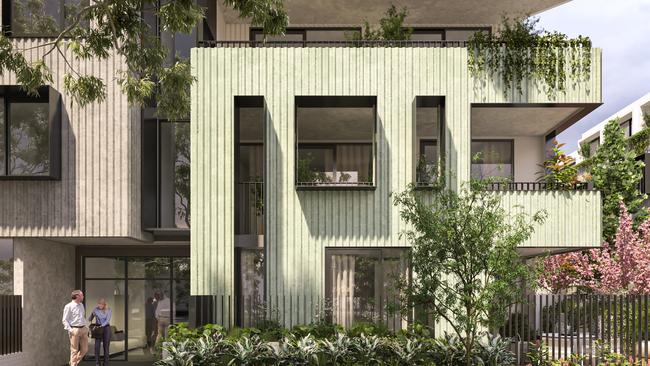New homes for vulnerable Victorians in $1bn building blitz
A $1bn construction blitz to build homes for vulnerable Victorians will also create 9000 jobs. See where the houses will go.
Victoria
Don't miss out on the headlines from Victoria. Followed categories will be added to My News.
More than 9000 jobs will be created through a $1 billion community housing build for vulnerable Victorians stretching from Portland to Benalla.
The economic shot in the arm will secure 2352 new homes for the most needy in the community, with about a quarter of the properties located in regional Victoria.
State funding of almost $740 million will anchor the blitz, set to start by the end of the year, with the remainder of the construction cash coming from community housing debt financing and tax exemptions.
People set to gain access to homes include the homeless, people with mental illness or disability, Aboriginal Victorians, and family violence survivors.
Housing Minister Richard Wynne said the first stage of the program, which is a $5.3 billion scheme run over four years, would give “more people the certainty of a roof over their head and the security of a job”.
“This is so much more than a construction project – it’s a safe place to call home, training and apprenticeship opportunities and thousands of local jobs,” he said.
The scale of the projects ranges from dual units in some smaller towns, to a 152-property development in Melbourne.
Developments are across 44 regional areas, including local government areas of Baw Baw, Shepparton, Wodonga, Warrnambool, and Mitchell.

Community Housing Ltd managing director Steve Bevington said the non-profit organisation won funding for 388 new affordable homes, including 137 in Croydon.
Mr Bevington said the eastern suburbs had a dire shortage of homes for vulnerable people and this program “changes the game”.
“The cost of private rental has always been high, and it just keeps getting higher,” he said.
There are a further 21 community housing organisations involved in the scheme, and construction will begin on the first properties by the end of this year.
Most of the 89 projects will only include affordable housing, but four will include some private housing with long-term leases.





